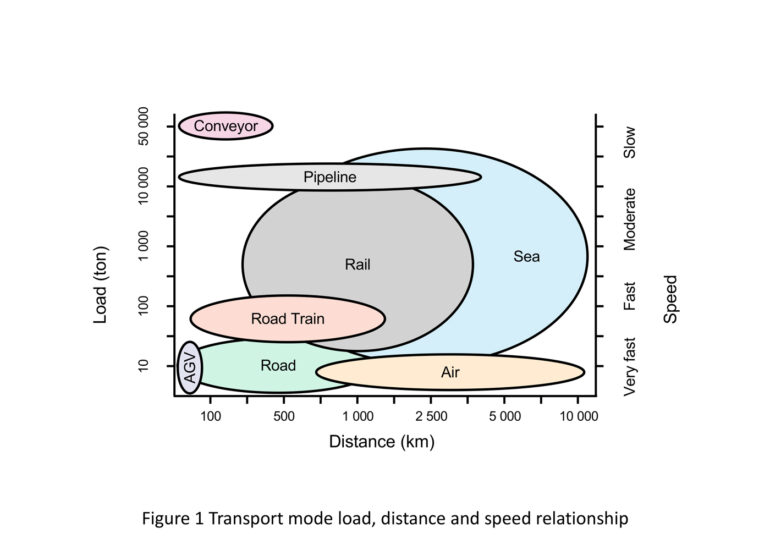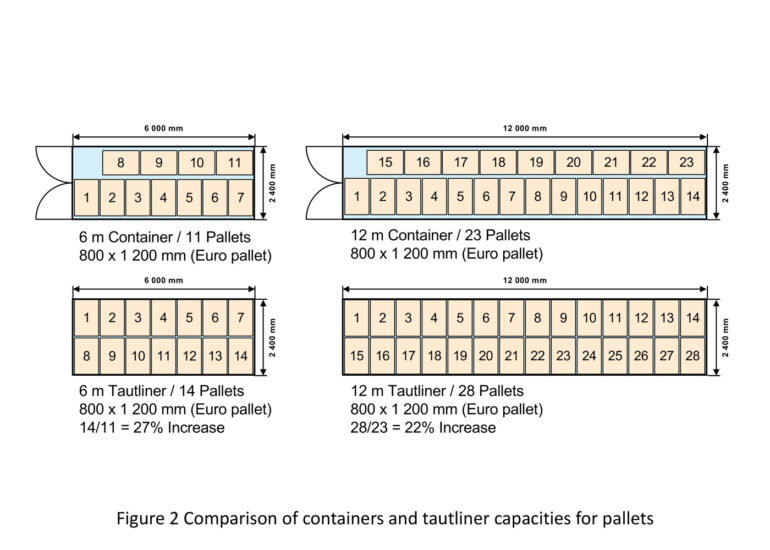Road to rail: sensible or suicide?
Road to rail: sensible or suicide?
The choice of transport mode should theoretically depend on transport economic principles, but recently the debate on road to rail migration has intensified. Does moving freight from road to rail make sense? GERARD DE VILLIERS investigates…
The rationale for moving freight from road to rail, and the reasons for having this debate, are varied. Rail transport can be more sustainable, assuming the source of energy comes from sustainable generation, while the inherent characteristics of rail transport imply a significant reduction in the number of trucks on the road when rail is used. There are also many secondary benefits, including fewer road accidents, less congestion, and a substantial reduction in emissions (which obviously also supports more sustainable transport).
This matter is very relevant in South Africa’s freight logistics industry, considering the Department of Transport has recently issued a bid invitation for the development of a freight road-to-rail migration plan.
It is very difficult to provide comparable statistics on the split between road and rail, but the last comprehensive local report on the status of logistics in South Africa notes that, in 2014, disregarding the ring-fenced transport systems – such as rail export lines, pipelines, and conveyor belts – road freight comprised 85% and rail freight 15% of general freight.
Global trends
This ratio is not much different in comparable countries across the world, as was touched on in special features in British magazine Logistics & Transport Focus, such as Consumer goods by rail in November 2021, and Rail freight growth target: A discussion in November 2022. Both articles agree that current rail freight can and should be increased.
Another example is the research done by the International Transport Forum (ITF) on mode choice in freight transport. The ITF found that road transport represents approximately 40% of the tonne-kilometres transported in 37 out of the 51 countries examined. This share is significantly larger than that of rail freight (24%), coastal shipping (16%), inland waterways (13%), and pipelines (7%). Road freight’s share of goods transport has increased from 25% in 1980 to 40% in 2017. It seems from the references quoted that much opportunity exists for a shift from road to rail.
Transport economic principles
Fundamental transport economic principles are a good place to start when considering mode choice.
This is shown in Figure 1 (adapted from Niemann and De Villiers) where the load, distance, and speed relationships of different modes are compared.
It is clear that road transport should be used for relatively small loads over relatively short distances, at relatively fast speeds. Rail transport is best suited for large loads (typically bulk or containers) over medium to long distances, at moderate speed. There should therefore be a good rationale before considering the use of rail over shorter distances or road over longer distances, as this goes against fundamental transport economic principles.
This relationship is essential to understanding the interaction of transport modes and brings us to the concept of road-friendly and rail-friendly freight, as characterised in the diagram. In 2021, meanwhile, Havenga et al presented a paper on road-to-rail strategy where they suggested that rail-friendly freight should also be determined by the density of rail terminals and lines, the uniformity of the commodity or products, and the distance.
Another factor to consider is the development of tautliner or curtain-sider trucks, where 27% more pallets can be loaded on the footprint of a six-metre tautliner, compared to the similar footprint of a six-metre container, as shown in Figure 2 (adapted from Niemann and De Villiers). The same calculation is 22% for a 12-metre container. This reality is making it more difficult for rail transport to compete with road transport.
Implementation
Once rail-friendly freight has been identified, the debate should move to the best entity or institution to implement migration from road to rail. Rail transport has traditionally been managed and operated in South Africa by Transnet Freight Rail (a state-owned entity). The latest developments, however, have seen Transnet issue a request for submissions from qualified parties interested in an operating lease, for the operation and maintenance of the container corridor between Durban and Johannesburg. This is a positive step towards working with the private sector to address the challenges they are currently facing in providing competitive rail services on the corridor.
Conclusion
Transport economic principles provide a useful starting point, but the debate on road-to-rail migration should also be based on road- and rail-friendly freight when recommending migration. Qualitative as well as quantitative factors need to be considered to ensure that the value proposition makes sense in ultimately determining the most appropriate mode. The decision by Transnet Freight Rail to engage the private sector in participating in the mentioned corridor is sound and, indeed, the best way forward.
Published by
Gerard de Villiers
focusmagsa






